San Francisco is a literary city. Mark Twain honed his writing chops in SF, as did Jack London. Authors have always found a home here and contemporary residents include Michael Chabon, Dave Eggers, Isabelle Allende, Rebecca Solnit and Daniel Handler. SF’s multicultural history and moody fog also make it a great setting for fiction, ensuring that there’s no shortage of novels about San Francisco. This curated list of 40 books span genre and time periods to provide a compelling picture of San Francisco.
There are many books set in San Francisco and this is not an exhaustive list. But I’ve worked to curate set of diverse and interesting reads for you. You can trust me to recommend a good book because not only do I live in the San Francisco Bay Area, I’m also a recovering bookseller and used to work in a nearby bookstore. I love nothing more than laying a delightful read into someone’s hands. These fiction books span across genres from lit fic to speculative fiction and fantasy, mysteries, romance and historical fiction.
So, pull up Goodreads or get ready with your Amazon account, because there are some great books about San Francisco here and you’ll want to load up your TBR list.
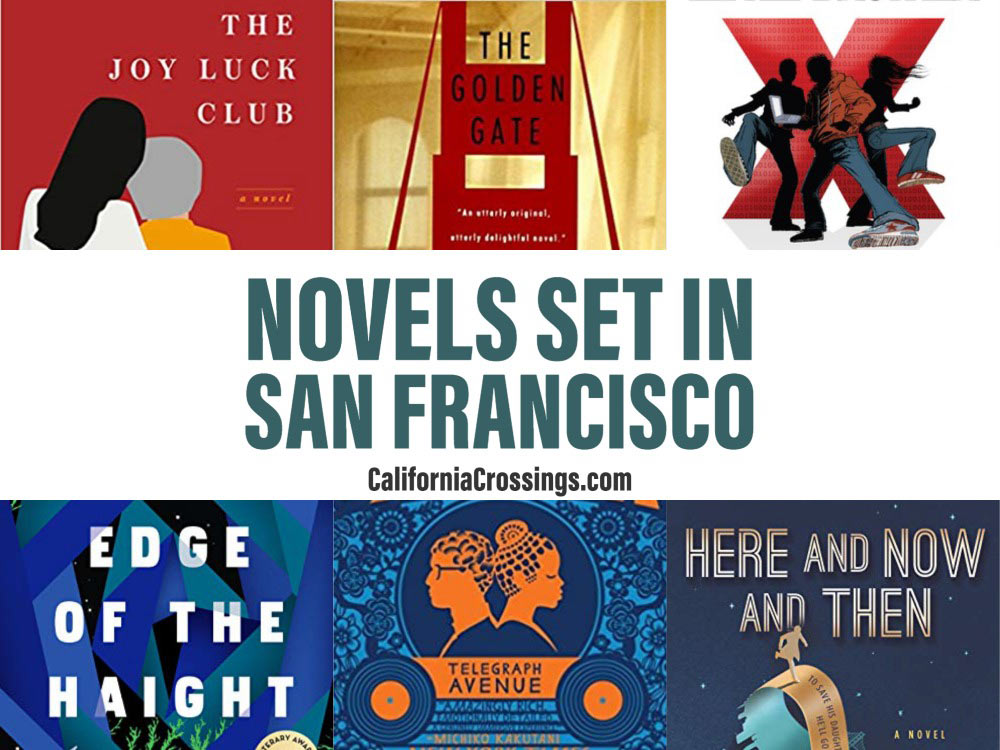
(This article contains affiliate links. This means that if you choose to purchase, I’ll make a small commission.)
I encourage you to do a full scroll because you may find a surprise pick. But, you can also use this table of content to jump to your favorite genre:
- Literary Fiction novels set in San Francisco
- SF Historical Fiction
- Speculative Fiction, Sci-fi and Fantasy
- Mysteries, Thrillers and Detective Fiction
- Romances set in San Francisco
Literary Fiction Novels Set in San Francisco
Tales of the City Series, Armistead Maupin
Maupin’s Tales of the City is the most iconic series of novels set in San Francisco. They are considered indelible documents that chronicled SF’s transition from the rockin’ 1970’s into the new millennium. The novels are notable because they really get at the heart of San Francisco’s quirky personality and are full of kooky characters. Maupin was also instrumental in introducing Gay and Trans characters into popular fiction. This may sound like a no-brainer today, but in the late 70’s, was considered groundbreaking.
Start the series with the delightful Anna Madrigal and then work your way through all nine books.
“His Tales of the City trilogy is part sitcom, part kitsch, melodramatic and historic, irreverent and yet oh-so dated, & damn if you cannot recognize his influence in groundbreaking TV, like “Sex and the City” and “Will & Grace.”
The Joy Luck Club, Amy Tan
Tan’s family saga features a quartet of mothers, daughters and family stories. The four mothers immigrated to San Francisco after WWII, each bringing their own hopes and pain. Together, they created the Joy Luck Club where they play mahjong, eat dim sum and kvetch about life. Their very modern daughters struggle at times to understand their mothers and are blind the the secrets that their mom’s keep dear. The book is an immersive multi-generational tale with an immigration story that is quintessentially SF.
“Amy Tan’s writing is devastatingly simple. Her diction is not all that convoluted, but the drama and tension she manages to create through her choice of words is astounding.”
Telegraph Avenue, Michael Chabon
Chabon has won more awards than you can throw a stick at, most notable being the Pulitzer Prize for his remarkable The Amazing Adventures of Kavalier & Clay. Dive headfirst into Telegraph Avenue because it will give you a big-hearted primer on life in Oakland. The story is centered around Archy and Nat, who are longtime friends and co-owners of Brokeland Records. The book covers their business struggles and fraught relationships with a literary “sound track” that pulses with music, kung-fu and blaxploitation.
“Telegraph Avenue deals with some serious issues, including race and the problem of large corporations draining both the money and the character from American cities, but Chabon always addresses these issues in the context of his characters’ lives.”
The Confessions of Max Tivoli, Andrew Sean Greer
“We are each the love of someone’s life”, begins Max Tivoli. Max’s attempts to love a women at three different stages of his life is complicated by his strange condition. You see, Max is aging backwards. He was born with the appearance of an older man and while his mental capacity ages normally, his body is aging backwards in time. This novel is set in San Francisco at the turn of the 20th century and is poignant and melancholy.
Greer also wrote the delightful book Less, which won the Pulitzer. The novel is set partially in San Francisco and is worth a look because his bumbling failure of a main character is an absolute delight.
“[Max Tivoli is] much like One Hundred Years of Solitude, it’s a moving, sad, and funny story about love.”
The Golden Gate, Vikram Seth
This novel takes place in San Francisco during the late 1980’s John Brown is a successful yuppie who meets Liz after placing a personals ad. From there, he meets a variety of characters who are each experiencing a kind of self actualization. Then, when Liz falls for John’s best friend, he is set of on his own internal journey. An interesting enough plot, make even more so because the entire book is set in verse.
“To make a start more swift than weighty
Hail Muse. Dear Reader, once upon
A time, say, circa 1980,
There lived a man. His name was John…”
The Language of Flowers, Vanessa Diffenbaugh
The Victorian’s believed that flowers had a language of their own, which is how red roses came to symbolize romantic love. Moss means motherly love, which is something that this book’s main character was severely lacking in her childhood. As a result, Victoria grew up let down by the foster care system. She was shunted through dozens of homes before finally emancipating out of the system and becoming a flower arranger. This novel is an amazing story of survival, strength and hope.
“Exquisitely beautiful writing. Heart wrenching storyline. Endearing and unforgettable characters. This was done to perfection.”
We Run the Tides, Vendela Vida
This novel is set in San Francisco’s Sea Cliff neighborhood. Four 13-year old girls roam the neighborhood, thinking that they own it. As individuals, they are pretty tame, but as a group, they get into trouble, see things they shouldn’t and then lie about it. When one of the friends finally fesses up, it triggers a series of consequences that permanently change the dynamic of the group.
“Big Virgin Suicides energy for me (but if The Virgin Suicides was written by someone who actually understands teen girls).”
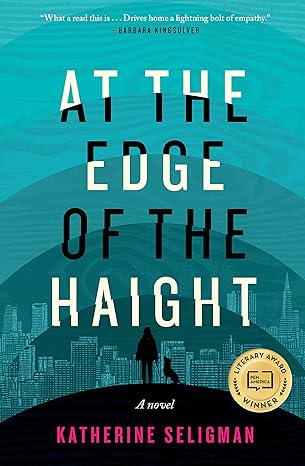
At the Edge of the Haight, Katherine Seligman
This novel set in San Francisco touches on a particularly difficult social issue that San Francisco just can’t seem to solve for. Maddy Donaldo is a homeless 20 year old trying to get by while living in Golden Gate Park. She relies on a self-made “family group” for day-to-day support.
But after she witnesses the murder of another homeless person, her fragile stability is suddenly upended. Throughout the resulting turmoil, Maddy has to decide what she really wants and whether she is prepared to accept help.
“To read At The End of Haight is to live inside the every day terror and longings of a world that most of us manage not to see, even if we walk past it on sidewalks every day.”

There There, Tommy Orange
This devastating book follows twelve Native American characters who are all participating in the Big Oakland Powwow. Some of them are pulling their lives back together after death or drink sent them sideways. Others are about to tear their lives apart with either poor choices or a lack of choice at all. The book grapples with some tough Native American history but also shows a lot of pride and beauty in the community.
“Orange’s ambitious debut captures the experience of modern “urban Indians”…ultimately showing that Native Americans are not a monolith, not a stereotype, not united under a single identity.”
Internment, Samira Ahmed
In a move tragically reminiscent of a post Pearl Harbor WWII, the US is rounding up Muslims and forcing them into internment camps. This story follows Layla and her parents into the camp. The plot unfolds as her parents try to cope with the imprisonment while Layla builds a resistance movement against it.
I debated putting this book in the speculative fiction section below but as I read it, the whole set-up felt uncomfortably real. The book was published at a time when the US was separating families at our southern border. So, I decided that this is a novel worth reading for its commentary on our present-day xenophobic culture.
“…a poignant, necessary story that paints a very real, very frank picture of hatred and ignorance, while also giving readers and marginalized individuals hope.”
If you are interested in the WWII internment camps, you should visit Manzanar National Historic site in northeastern California.
Lucky Boy, Shanthi Sekaran
This story is about one boy and the two mothers who loved him. Solimar arrives in Berkeley pregnant and without legal residency papers. She gives birth to Ignacio but soon lands in a deportation detention center. Kavya ends up fostering Ignacio and wants to adopt him. You get the perspective of the two women as the book works to bring empathy to the lives of both characters.
“Hard questions have no soft answers, and the reader, while adventuring through morally complex lines and barriers, will surely be exhilarated and full of empathy for all the primary characters.”
The Circle, Dave Eggars
This book is Eggars’ unsubtle commentary on the technology’s surveillance culture. The main character Mae is hired to work at The Circle, which is a Google-ish technology company. At first she is thrilled with the exciting projects and cool work environment. But as her ambition sucks her deeper into the company culture, some nefarious and downright creepy things start to surface.
Reviews on this book are very binary, so you’ll either love it or hate it. If you are a fan of Eggars, or were recently given the shivers watching The Social Dilemma, then it’s worth a read. There is now also a second book in the series.
“The Circle is a disturbing book, not only because of the troubling ideas and themes described within, but more importantly, because we live in a world where The Circle …could easily happen.”
Whether or not you read The Circle, you have to give Eggars props for putting muscle behind 826 Valencia, which is a literacy nonprofit operating in the Mission. His work there has fostered similar programs across the US, and in Dublin and London. You can learn about the program and why you should visit their Pirate store in our local’s guide to unusual things to do in SF.
Edie on the Green Screen, Beth Lisick
If Eggars’ Mae is the cautionary tale of the dotcom culture, Lisick’s Edie is the party girl. In the 90’s, Edit was the bartending It Girl of SF’s alt culture during San Francisco’s first dotcom boom. Now, 20 years later, she’s still slinging drinks, but the town has turned all Tech Bro and things aren’t the same. Has Edie simply grown out of her bohemian existence? Does she simply not fit in any longer? Her Mother’s death will force her to figure it out.
“An absolute must read, so layered, funny, and sad all at once.”
Historical Novels About San Francisco
Last Night at the Telegraph Club, Malinda Lo
1954 was not a great time to be a woman in love with another woman, especially not in Chinatown. The red-scare paranoia of the Cold War cast suspicion on the Chinese-American community. Puritanical cultural attitudes about gender roles and sexuality make it difficult for the main character Lily to navigate the world. She works around the obstacles and manages to find her own freedom in the process.
This National Book Award winner is “…such a beautiful story of self-discovery, queer desire, and carving out space for yourself in a world that could never anticipate you.”
McTeague, Frank Norris
This historical novel from the 1890’s is set in a rough and tumble time during San Francisco’s post gold rush era. McTeague is a dentist, although not a very good one, having learned his craft in the goldfields rather than at a university. He’s a greedy scavenger and manipulator who falls in love with the wrong girl, and their mismatch is a slow burn toward destruction.
“Filled with political and social commentary, greed, sex, folly, hate, jealousy, and corruption…”
Frog Music, Emma Donaghue
It’s 1876 and San Francisco is in the midst of both a heat wave and a smallpox epidemic. At a railroad saloon in what is now the Mission, Jenny Bonnet is shot dead. The book traces the relationship between Jenny, a charming, cross-dressing petty criminal and Blanche, a burlesque dancer. There is an element of early feminism in this story, which illustrates the dangers for women living in a Boomtown and how difficult it was for them to assert their right to make a decent living.
“Sleaze and sordidness behind the glitz and glamour of showbiz provides a decadent backdrop for this sexy historical whodunnit.”
Daughter of Fortune, Isabel Allende
Daughter of Fortune also features a woman who makes her own way during San Francisco’s gold rush. After an inappropriate affair, Chilean Eliza finds herself pregnant and decides to ship off to San Francisco to find the father. As she searches for him, she has to figure out how to navigate a city that is hot with gold fever.
“This imaginative, skillfully-written story touches on such meaningful themes as racism, classism, sex trafficking, female empowerment, the spirit of adventure, greed, self-discovery, reinvention, rebellion, compassion, freedom, and the many forms of love.”
A Splendid Ruin, Megan Chance
This richly imaged novel starts just before San Francisco’s infamous 1906 earthquake. May is surprised when, after the sudden death of her mother, she is called to live with her rich aunt. As she tries to find out more about her family, dark secrets start emerging and no one is as they seem to be.
The book’s themes include class issues, betrayal, murder, mayhem and (like some other books on this list), the difficult choices that women must make to survive during dangerous times.
“Chance presents a panoramic view of San Francisco’s upper class while revealing the designated lower levels of society in Chinatown and the power of the Chinese tongs.”
The Japanese Lover, Isabel Allende
In this novel, Allende moves forward to 1939. But, like the Daughter of Fortune, this book also has themes of racism and love. Alma is sent from Poland to live with an aunt and uncle in San Francisco. She and the son of their Japanese gardener begin a tender, under the radar love affair. The internment of Japanese-American citizens tears them apart and while they later reunite, theirs is a difficult relationship to maintain.
“It’s about surviving, about aging, about forbidden love, about the depth of caring and friendship that allows loved ones to seek their own happiness without reproach.”
The Flower Drum Song, C.Y. Lee
This book takes place in San Francisco in the late 1950’s. It’s a portrayal of Chinese immigrants who are struggling with assimilation. Wang Ta just wants what everyone other American wants– a good career and a woman to love. His brother just wants to be a normal teenager. But their father misses the old way of life in China. The book tackles the issues of racism, which were baked into the immigration and anti-miscegenation laws of the time.
“Beautifully written novel creates a vivid picture of two generations of Chinese emigrés in 1950s San Francisco. Funny, poignant, rich in detail.”
Speculative Fiction, Sci-Fi and Fantasy Books Set in San Francisco
Do Androids Dream of Electric Sheep, Philip K. Dick
Have you ever wondered what the movie Blade Runner would have been like if it had been set in San Francisco rather than Los Angeles? Well, that was Dick’s intention all along. A world war, set in 2021 kills millions, driving many species into extinction. And the very realistic androids have become an object of suspicion.
Unlike the movie, Dick’s literary vision included a offbeat empathy religion and some discourse on socialism, but is just as packed with struggle and dystopia.
“The novel is a cat-and-mouse game but the protagonist stands before the problem of moral choice: which one is a cat and which one is a mouse?”
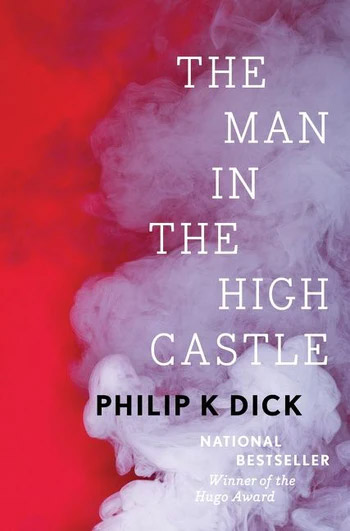
Man in the High Castle, Philip L. Dick
While you’re at it, check out Dick’s alt-creepy take on 1960’s America. In this dystopic version of SF, slavery has been made legal again and all of the Jews are hiding under assumed names. This book asks the question “What if American lost WWII?” This spec-fic historical rewrite will have you thinking about colonialism, the spiritual life of an individual in a totalitarian society, and how political and cultural shift can happen faster than you might imagine.
“This book is a frightening glimpse of how our world could been if the Axis Powers would have won the World War II.”
Virtual Light (Bridge Trilogy #1), William Gibson
Gibson is the master of technological sci-fi, or what I like to call hacker fiction. In fact, his book Neurmancer, coined the term cyber space.
Virtual Light is set in San Francisco, but California has been fractured. The main character, Chevette Washington is a bike messenger who lives on the Bay Bridge, which has become a type of homeless encampment. He steals what he thinks are ordinary sunglasses but they are much more high tech than that. The theft puts him in the crosshairs of some serious corporate espionage.
“Taking off from his archetypal Sprawl series, Gibson gives us another foray into a near future cyberpunk landscape that mesmerizes as it entertains.”
Mr. Penumbra’s 24-Hour Bookstore, Robin Sloan
Continuing in the tradition of hacker fiction is Sloan’s genre bending book. It blends the thriller with speculative fiction and a meta fiction twist with a bookish storyline. The novel’s initial action takes place in a San Francisco bookstore.
Clay Jannon is hired to man the desk but he quickly realizes that there is something seriously weird going on. Clay and his friends set out to investigate and they go off on an adventure that rivals Mr. Toad’s Wild Ride. You should also check out Sourdough, which is Sloan’s more recent book set in San Francisco.
“Its ultra modernity was unexpected but so too, its stunningly successful balance with elements of antiquity.”
Mr. Penumbra’s store is fictional, but there are lots of real life (and dang cool) indy bookstores in San Francisco that you should check out.
Little Brother, Cory Doctorow
In the first of the Little Brother trilogy, Doctorow introduces us to Marcus, or “w1n5t0n,” as he is known online. He’s a wunderkind high school hacker genius who is always thwarting online surveillance systems. After a major terrorist attack blows up the Bay Bridge, Marcus and his friends are swept up by Department of Homeland Security and illegally interrogated. They are released only to find that SF has become a totalitarian state. Marcus takes it upon himself to set it right.
“A softened, critical YA work in the tradition of Huxley, Orwell, and Capek, using a modern setting to show the dangers of a surveillance state, misuse of technology, political backlashes, and demagogy.”
Doctorow may have blown up the Bay Bridge for this book, but Hollywood has been busy for years fictionally blowing up the Golden Gate Bridge. Learn which movies did that and more fun facts about the bridge.
City Come, A-Walkin’, John Shirley
This book is also in the hacker-fiction genre. In a near future San Francisco, down (but not quite out) bartender Stu Cole and punker Catz Aailen are up against a criminal syndicate and corrupt government officials who are trying to implement technological control. A human shaped manifestation of San Francisco itself rises up to help them.
“…succeeds as a surreal and earthy paean to diverse urban community and punk rebellion.”
Here and Now and Then, Mike Chen
Kin Stewart was a time-traveling secret agent from 2142. He got stuck in SF in the 1990’s when a botched mission closes his portal to home. During the intervening 18 years, he marries, has a daughter, and finds himself experiencing memory loss due to “time travelers brain”. When the rescue team finally comes to get him, he is torn between loyalty to his SF family vs his family from 2142.
“…a perfect little sci-fi gem, with just a touch of literary.”
Altered Carbon (Takeshi Kovacs #1), Richard K. Morgan
If Morgan is right about things, in 400 years we’ll be strung across interstellar space casually swapping our digital consciousness into new bodies as a matter of course. Lead character Kovacs finds himself downloaded into a wreck of a body. Then he’s forced to help a billionaire find out who murdered his most recent body. It has the tone of a pitch black noir PI mystery.
“A solid neo-noir cyberpunk detective story that plays out in a fascinating science fiction universe.”
Angelfall (Penryn End of Days #1), Susan Ee
This is the first book in the Penryn & the End of Days fantasy series set in San Francisco. Six weeks ago, the angels of the apocalypse descended, intent on destroying the modern world. During the fighting, Penryn’s sister is kidnapped by the warring angels. She teams up with a brooding, fallen angel and together they go on a journey to get the sister back.
“Penryn is a fantastic heroine, a whip-smart, funny girl who happens to be awesome in combat.”
A Dirty Job (Grim Reaper #1), Christopher Moore
Moore’s books also frequently feature angels and otherworldly creatures. In A Dirty Job, normal dude Charlie Asher is surprised to find people dropping dead all around him. He hears a dark presence whispering to him and reluctantly finds himself with a part-time job as the grim reaper. Lest that all sound too dark to you, Moore always loads his books with bawdy humor, one-liners and absurdity.
“If you threw Carl Hiaasen and Stephen King’s brains into a blender and pureed them with nutmeg and cinnamon, drank it like a protein shake and decided to take up writing, your resulting book might be this.”
The Girl with the Ghost Eyes (Daoshi Chronicles #1), M.H. Boroson
Many of the books above have a futuristic point of view. However, Boroson sets the Ghost Eyes series in a 19th century Chinatown neighborhood. Li-lin is the daughter of a renowned Daoshi exorcist who is tasked with keeping malevolent spirits at bay. She has a very unique (and some say shameful) ability to see the spirit world. After her father is attacked, she steps up, using her powers to fight the creatures who are plaguing Chinatown.
“…it invents a whole new genre, a blend of kung fu, Daoist magic, crazy monsters, tong wars, immigrant narrative, female empowerment, spiritual journey, and social realism.”
Mysteries, Noir and Detective Books Set in SF
Maltese Falcon, Dashiell Hammett
Hammett’s classic detective noir is like San Francisco’s fog– moody and murky. Hammett made noir a thing and his jaded PI Sam Spade is the gold standard for tough guys with a moral code.
“Sam Spade doesn’t need to go looking for trouble, trouble finds him.”
The Bell in the Fog (Evander Mills #2), Lev Ac Rosen
It’s very rare to find a traditional private eye novel with a queer angle, so thanks Rosen!
The book is set in 1952 and in it, disgraced former cop Evander is struggling to make a go of his new PI business (and his life). James (his former love) asks for help because a blackmail threat might just derail his military career. Evander reluctantly agrees to help, but things get very very messy.
“This is a great mystery with characters I love offering a look at the complexities of what it meant to be a queer person during this time.”
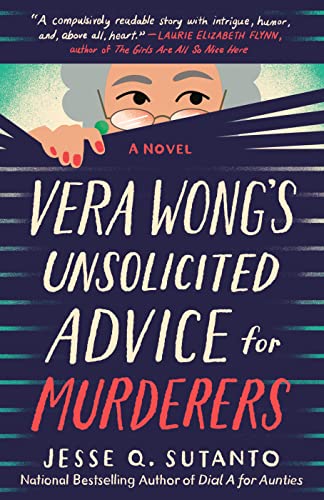
Vera Wong’s Unsolicited Advice for Murders, Jesse Q. Sutano
If you’ve read Thursday Murder Club, Sutano brings some heavy Joyce vibes with 60 year-old Vera Wong. She keeps busy making tea, doing detective work on the internet and interfering in her son’s dating life.
And then Vera finds a dead man in her tea shop. She calls the police and then very helpfully draws her own chalk outline around the body. The police don’t think it’s murder, but Vera has her own ideas about what happened.
She develops a list of suspects and during her investigation, befriends most of them. Vera has a lot of opinions, a heart of gold and a nose for murder.
Dead Irish (Dismas Hardy #1), John Lescroart
Hardy has left his police and legal career and is trying to start a new life as a bartender. When he’s asked to look into the murder of his boss’s brother-in-law, he’s not anxious to take on the challenge, but does it anyway. Hardy uncovers a tangle of secrets that leads to yet more deaths. This series has 19 books, so if you like the first one, you’ll have plenty more to keep you busy.
“A thirty something guy who is trying to find himself and hold it steady in the face of past tragedies.
1st to Die (Women’s Murder Club #1), James Patterson
Patterson is an insanely prolific writer. He has written or partnered with other authors to produce over 170 books. He’s a master of the police procedural, and the first book in the Women’s Murder Club series is a good example of the genre.
Lindsay is a police detective, Claire is the medical examiner, Jill is the assistant DA and Cindy works the crime desk for the San Francisco Chronicle. They work together in an unusual collaboration to tackle extremely difficult cases. If you like it, there are 24 in the series to keep you busy.
Spellman Files (Spellman Files #1), Lisa Lutz
This series sits squarely on the lighter side of detective fiction set in San Francisco. Izzy Spellman IS a 28 year-old with a checkered past littered with romantic mistakes, excessive drinking, and creative vandalism. Spellman Investigations is a family business, but Izzy wants to strike out on her own after a family disagreement. But before she can go, she has to do one last job. Great for fans of Evanovich’s Stephanie Plum series.
“…refreshing and funny and although the Spellman family is bizarre, weird and bordering on completely insane.”
San Francisco Romance Novels
Lola and the Boy Next Door, Stephanie Perkins
This book is chock full of good feels. Lola Nolan is a budding costume designer, and for her, the more outrageous, sparkly, and fun the outfit, the better. Childhood friend Cricket returns to the neighborhood and a lifetime of feelings resurface.
“This novel is just such a light, breezy, charming read.”
Slave to Sensation (Psy-Changelings #1), Nalini Singh
The ruling Psy punish anyone who expresses desire and emotion. This forces Sascha Duncan to hide her feelings, because they will expose her to punishment and “rehabilitation.” Conversely, the Changelings seek the very feelings that the Psy distain. So when Psy Sascha crosses paths with the Changeling Lucas, sparks fly.
“…I read it in one sitting, satisfyingly indulgent!”
The Pact (McGregor Brothers #1), Karina Halle
How about a main character who’s a charming Scottish helicopter pilot? Yes please! In this romance set in San Francisco, friends Steph and Linden make a pact to marry if neither are in a serious relationship by the time they are 30. As they each approach 30, they have to decide what they really want.
“…light, fun, and steamy with just a enough emotional turmoil to satisfy my need for angst.”
READ MORE: If you are planning to visit soon, be sure to check out our list of 10 cool SF guidebooks. These books go way beyond the obvious touristy things to recommend cool urban hikes, foodie spots, self-guided historical walking tours and cultural maps. If you like cooking, then be sure to check out for list of 13 tasty CA cookbooks, which features recipes from local bloggers and restauranteurs.
Plan Your Trip to SF
Save time planning your trip to SF with these insanely useful links:
- Find the best areas to stay in SF.
- Figure out how to get from SFO airport to downtown SF or from Oakland airport to downtown.
- Use this guide to determine if you should rent a car in SF, and if so, score a deal on the rental.
- Go beyond the obvious tourist sites by purchasing one of our recommended San Francisco guidebooks. They cover urban hikes, foodie spots, self-guided walking tours and even an urban atlas.
Share these novels set in San Francisco with your friends on Pinterest:
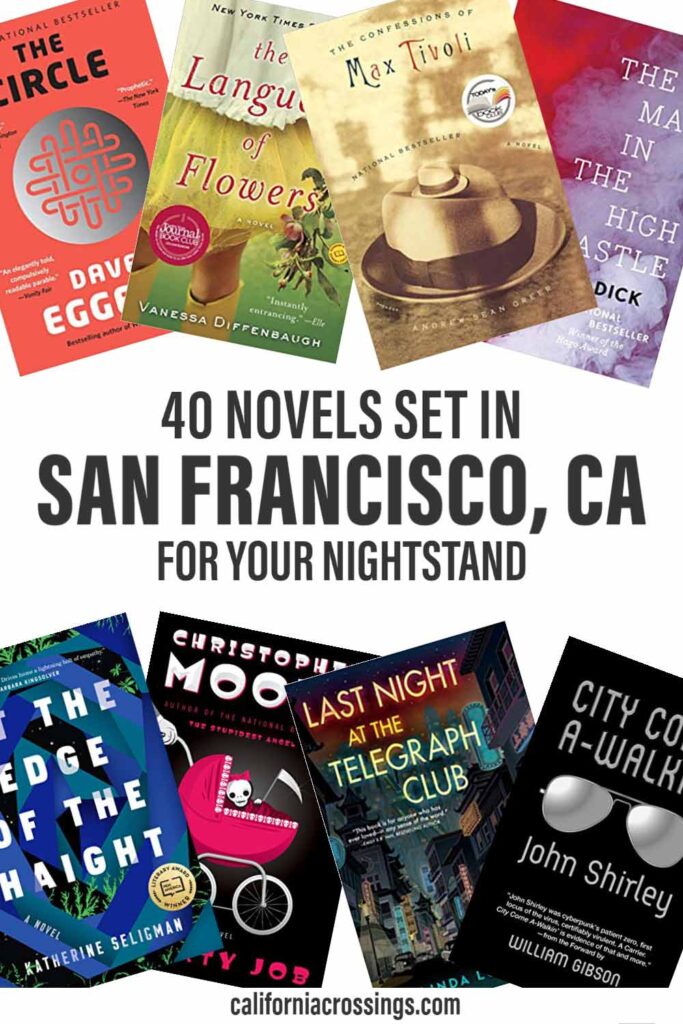


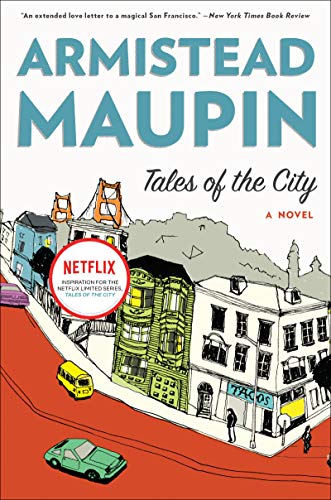


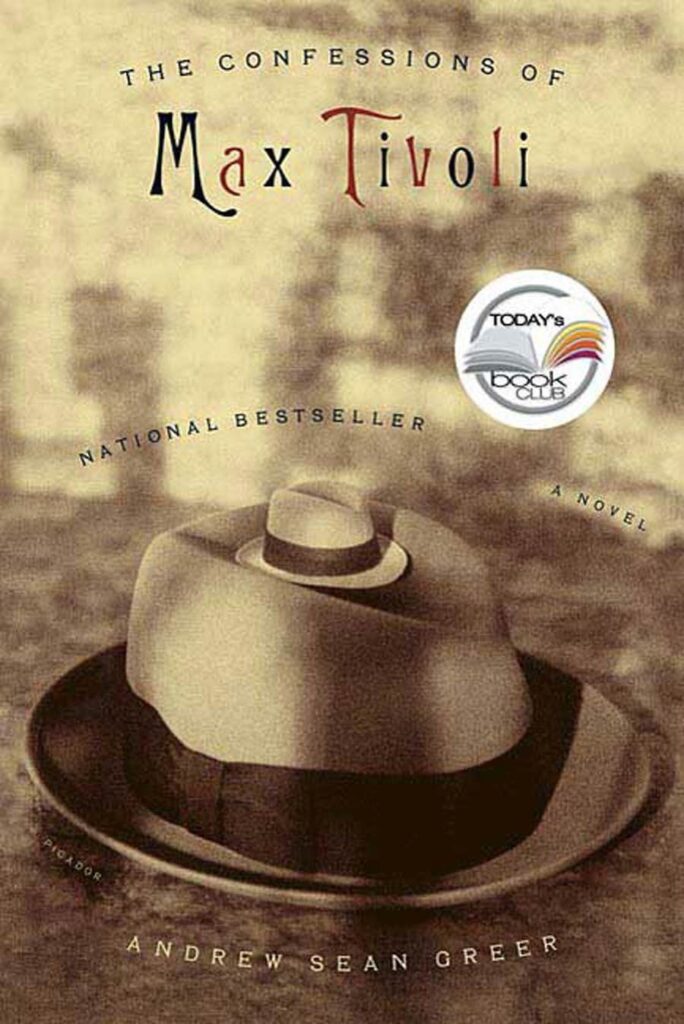
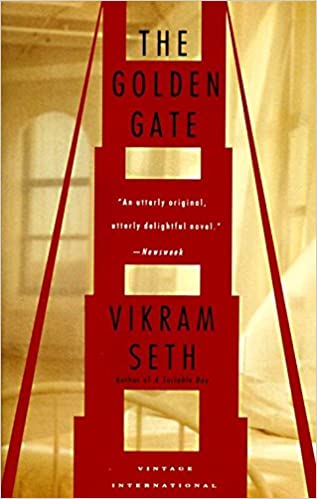
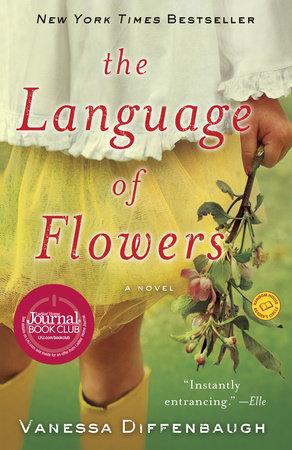
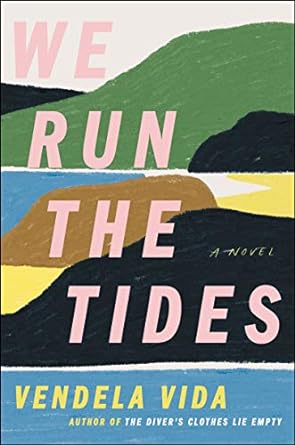
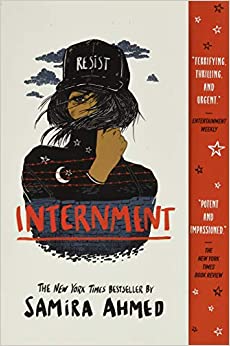
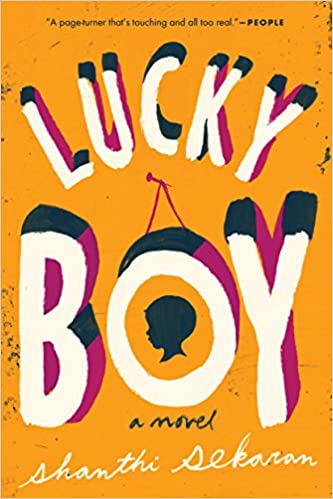
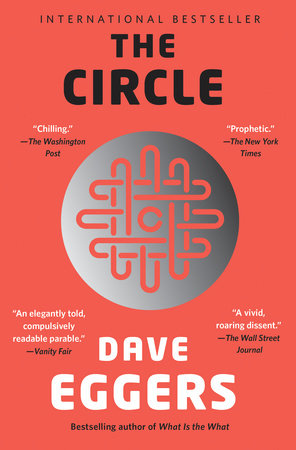



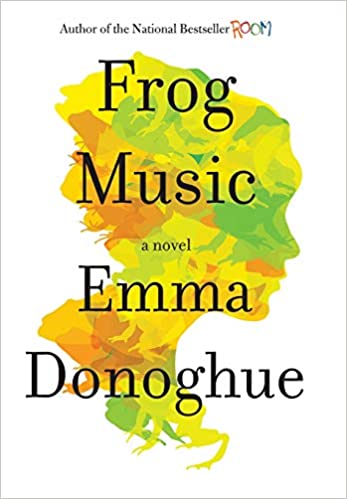
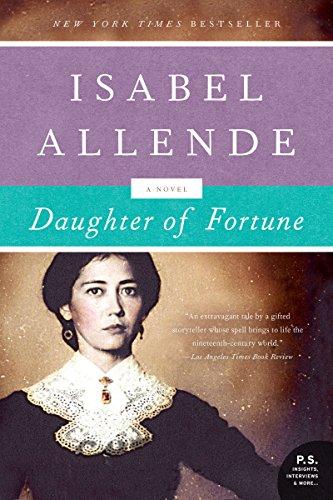
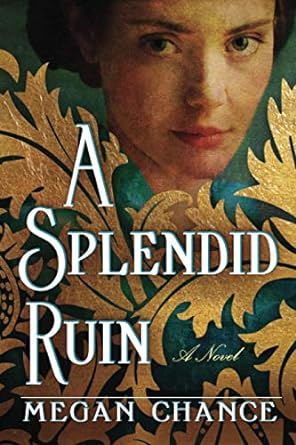
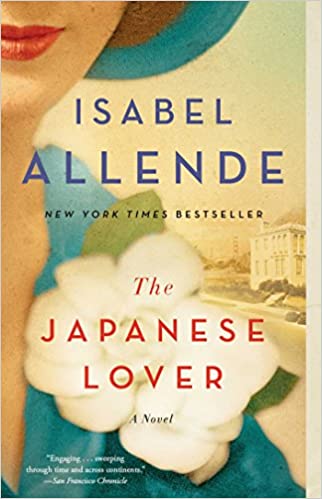
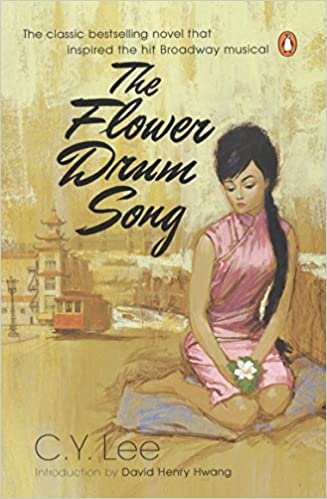
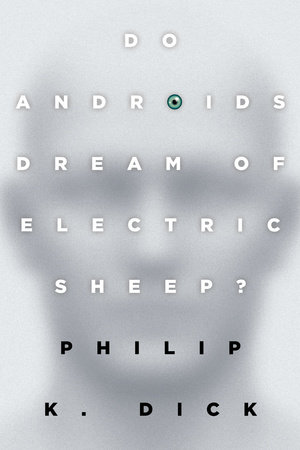
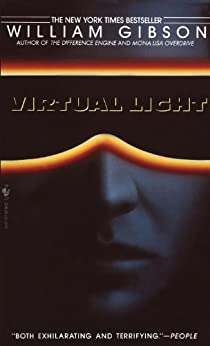

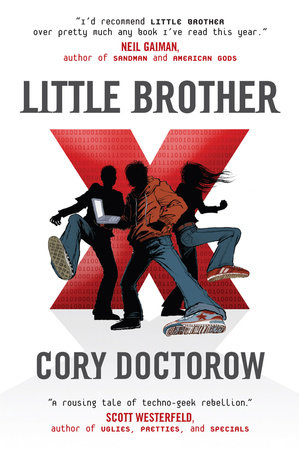

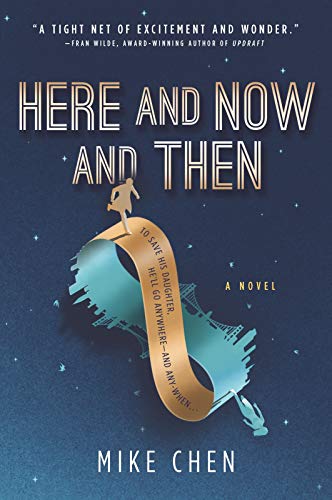
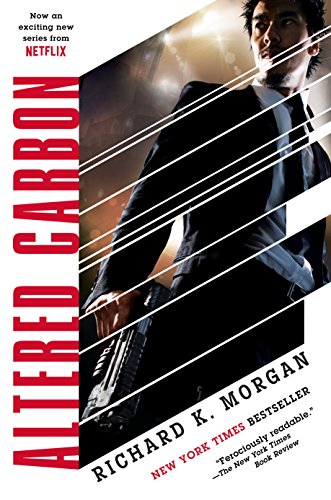
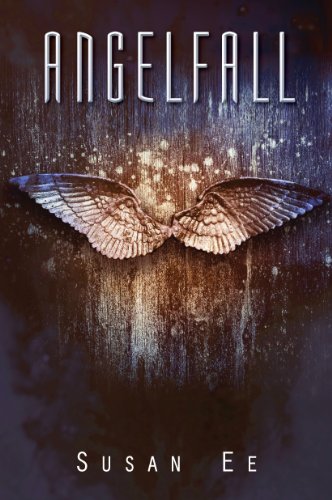
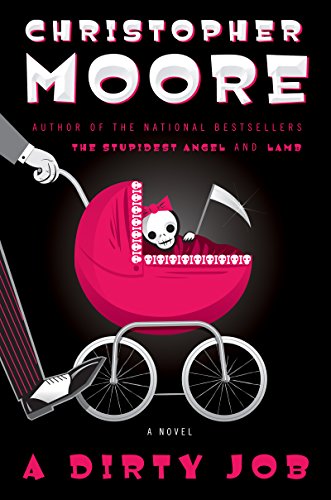
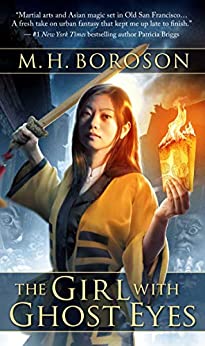
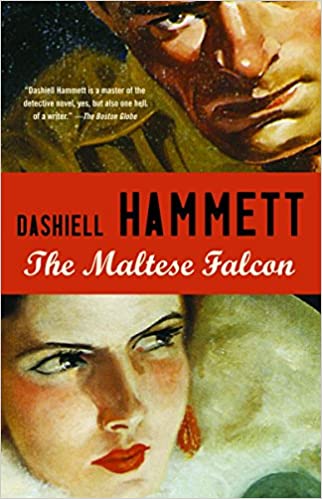
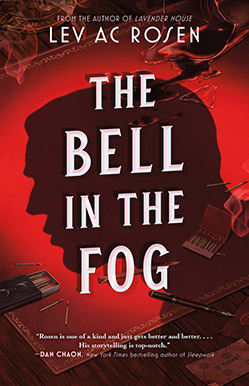
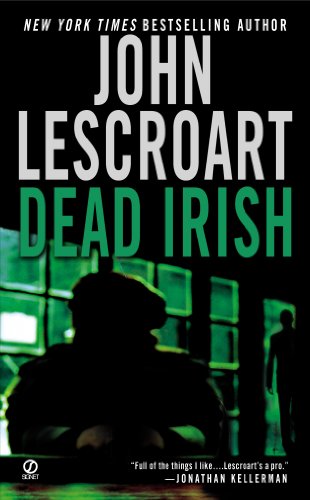

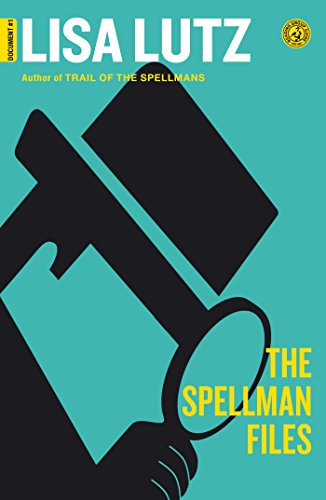
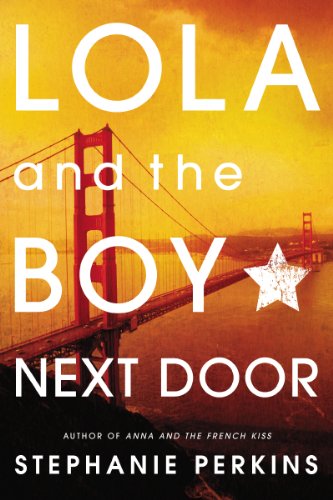
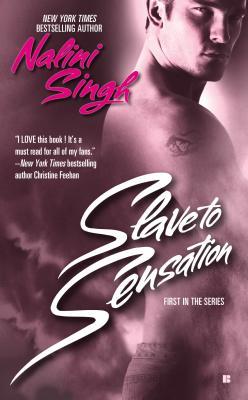
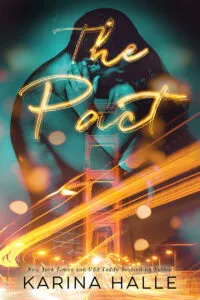
This post was truly worthwhile to read. I wanted to say thank you for the key points you have pointed out as they are enlightening.
I was looking for the books.